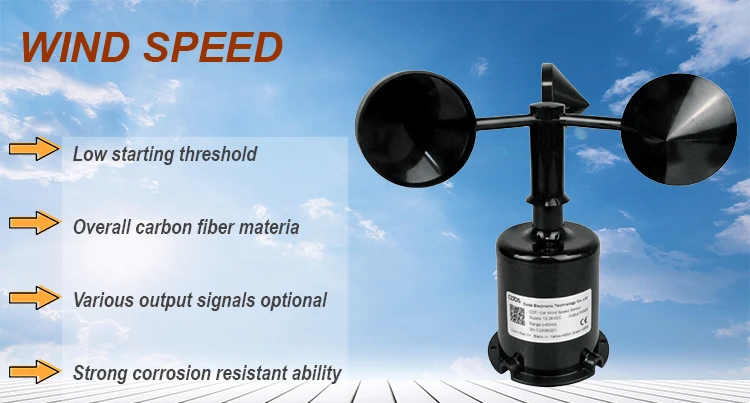**Anemometer: The Instrument for Measuring Wind Speed**

html
Anemometer: The Instrument for Measuring Wind Speed
Wind speed is a crucial meteorological parameter that affects various aspects of daily life, from weather forecasting to aviation and renewable energy production. To accurately measure this important variable, scientists and engineers rely on a specialized device called an anemometer.
What is an Anemometer?
An anemometer is a scientific instrument designed specifically to measure wind speed and, in some cases, wind direction. The word originates from the Greek word “anemos,” meaning wind, combined with “meter,” meaning measure. These devices play a vital role in weather stations, research facilities, and industrial applications where wind data is essential.
Types of Anemometers
Several types of anemometers have been developed over the years, each with its own advantages and specific applications:
1. Cup Anemometers
The most common type features three or four hemispherical cups mounted on horizontal arms that rotate with the wind. The rotation speed is proportional to wind speed.
2. Vane Anemometers
These combine a propeller with a tail vane that keeps the device oriented into the wind, measuring both speed and direction.
3. Hot-Wire Anemometers
Using electrically heated wires, these measure how quickly the wind cools the wire to determine velocity, ideal for low-speed measurements.
4. Ultrasonic Anemometers
These advanced models use ultrasonic sound waves to measure wind speed and direction without moving parts, offering high accuracy.
How Anemometers Work
The working principle varies by type, but all anemometers convert wind motion into measurable data. Cup and vane anemometers translate rotational speed into electrical signals, while ultrasonic models measure the time it takes sound pulses to travel between transducers. Modern anemometers often include digital displays and data logging capabilities for continuous monitoring.
Applications of Anemometers
Anemometers serve critical functions in numerous fields:
- Weather forecasting and climate research
- Aviation for airport wind monitoring
- Wind energy assessment for turbine placement
- Building ventilation system design
- Maritime operations and sailing
- Industrial health and safety monitoring
Choosing the Right Anemometer
When selecting an anemometer, consider factors like measurement range, accuracy requirements, environmental conditions, and whether wind direction data is needed. Professional meteorological stations often use ultrasonic anemometers for their reliability, while handheld models suffice for many field applications.
As technology advances, anemometers continue to evolve, offering greater precision and additional features to meet the growing demand for accurate wind speed measurements across various industries.
Keyword: instrument measure wind speed